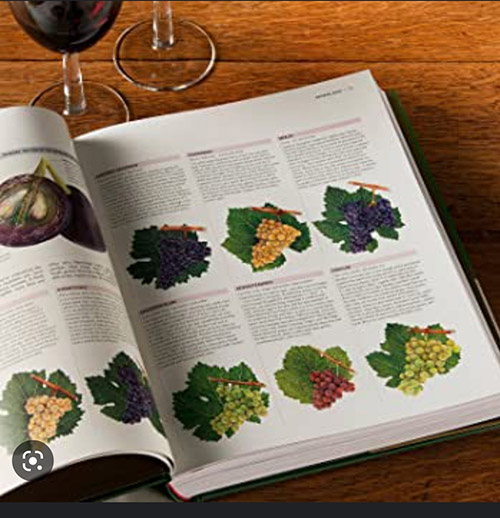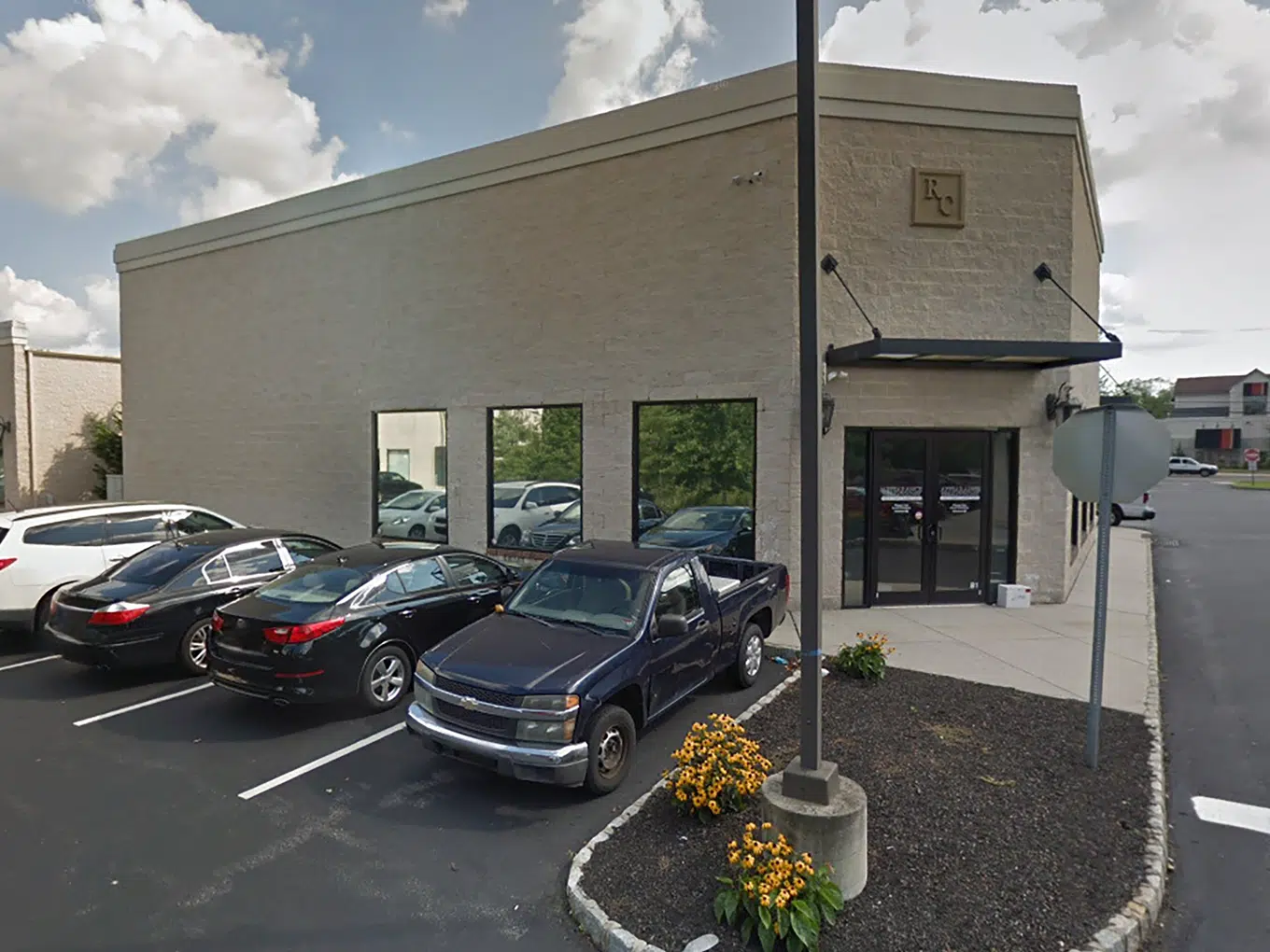By David Setley
Wine is comprised of four major components: tannins, residual sugar (dryness/sweetness), alcohol, and acidity. There is much confusion among wine consumers as to the source of acid and what it adds to the wine. Let’s take a deep dive into this topic.
Tartaric, malic, and citric acid are the primary acids present in wine. In the Northern Hemisphere, grapes begin their journey to maturity in March or April, at the stage known as ‘bud break’. Depending on the growing region, the level of acid present in the grape at this time is sky-high and the sugar level is extremely low. The acid level drops and the sugar level increases through each stage: as grape clusters start to develop (fruit set), when the grape becomes plump and red grapes start to show their color (veraison), through to the harvest (le vendange). Warmer climate varietals with a late harvest, such as Cabernet Sauvignon, Merlot, and Zinfandels, yield relatively low-acidity wines, while early harvest varietals in cooler climates, such as Riesling, Sauvignon Blanc, Chardonnay, Nebbiolo, and Pinot Noir, have relatively high levels of acidity. More on this later.
On the acid (pH) scale, all wines fall on the acidic side (low pH). For some perspective, water is neutral at a pH of 7; coffee comes in between 4.5 and 5, and cola soft drinks are even more acidic with a pH of ~2.5. The lowest-acid red wines have a pH of about 4, and the highest-acid whites have a pH of about 3. Higher-acid wines, in general, are more frequently considered ‘age-worthy’ wines. Although white wines are not often considered for aging, the higher acidity in varietals such as Chardonnay or even Riesling allows these wines to age up to 10 years.
However, the most important benefit of acidity in wine is the flavor it adds. In both white and red varietals, acidity adds a level of tartness to the wine’s flavor, often described as crispness or brightness. Just as in cooking, balance in flavor is often a winemakers’ goal. Have you heard the culinary term ‘agrodolce’? In effect, it means a combination of sweet and sour. In white wines particularly, the acidic flavor component adds a complexity of tartness to what may otherwise be a relatively sweet wine. This is why wines such as Riesling or Sauvignon Blanc may have the aroma of sweetness but a flavor that is more on the tart side. In red wines, acidity helps to balance tannins in the flavor of the wine. This is why some red wines with lower acidity, such as Cabernet Sauvignon, Merlot, or Zinfandel have flavor structures and a mouthfeel described as round or smooth. Reds with higher acidity, such as Pinot Noir or Nebbiolo, have structures typically described as complex and layered.
Now for the acid test. Take a nice sip of whatever wine you have close by and move the drink around your mouth (tongue, gums, pallet) before you swallow. If the sides of your tongue are stimulated and you are salivating, you are likely drinking a wine with higher acidity. A high-acid wine, just like a lemon, tends to make you pucker. Remember, all wines are on the acidic side of the pH scale as compared to water. The differences are relative. The easiest way to notice differences is through a side-by-side comparison between two wines, one of lower acidity and one of higher.
A white wine that is traditionally relatively low in acidity is Gewurztraminer. My wife’s reminder on how to pronounce this wine is “girls are meaner” – no offense intended to my female readers! I like the Gewurz from the Domaine Barmes-Buecher in the Alsace region of France. Our higher-acidity contestant is also from the Alsace: the Pierre Sparr Riesling. For your comparison, first taste the Gewurztraminer; then try the Riesling. Do you notice how the Riesling makes you pucker and salivate and might be described as more fresh, or crisp, than the Gewurztraminer? Hello, acidity!
Next, red wines, both from the United States. For a lower-acid wine, pick up the Chateau Ste. Michelle Cabernet Sauvignon from Columbia Valley in Washington State. For our higher-acid contestant, try the A to Z Wineworks Winery Oregon Pinot Noir. Both are aged in neutral oak barrels and have smooth tannins. On to the acid test. The Pinot Noir should make you salivate more and, although the tannins in both stimulate the back of your tongue, notice how the sides of your tongue are more affected by the Pinot Noir.
I hope this short discussion on acid has given you a bit more understanding of this complicated wine term. As always, if you have questions or comments, contact me at dsetley@passionvines.com or stop the Somers Point store. Until next time, Happy Wining!





